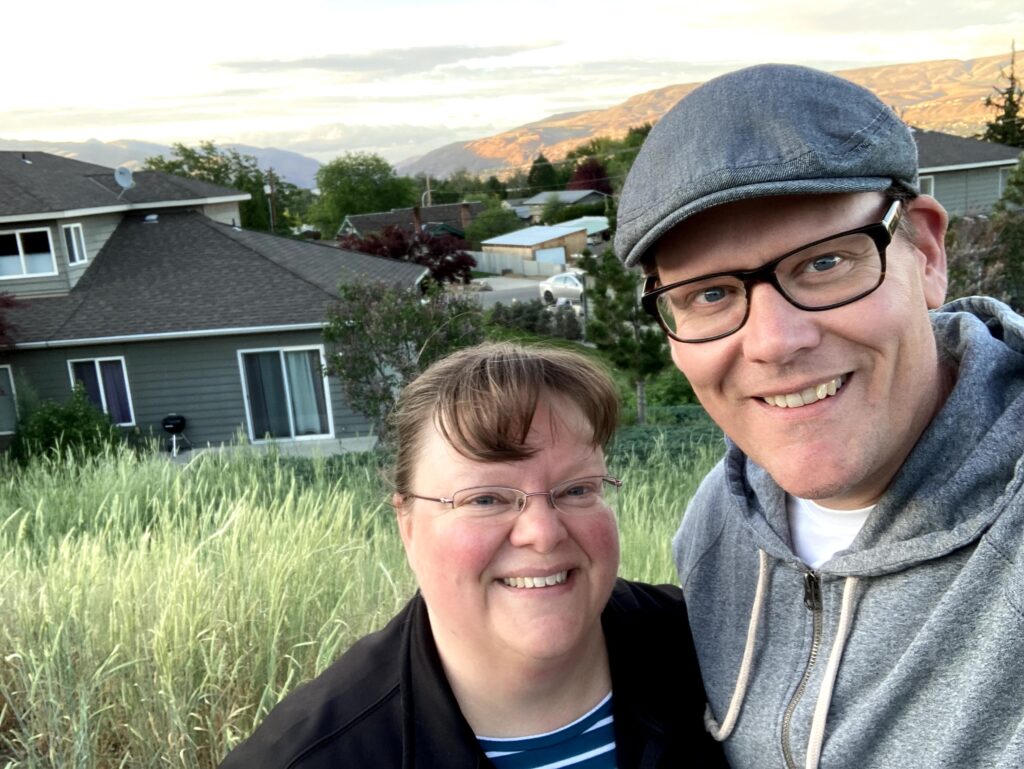Why James Aalgaard chose to participate in the Living Into Inclusivity dialogue

“Is that the room with the quad?” My brother Nathan’s hospital bed earlier this year eventually became his own death bed. Nathan died March 31st. He had been quadriplegic since the age of seventeen when he suffered a spinal cord injury. At the time of his car accident (1977), I was only five years old. His accident rolled him into a very different future filled with difficulties and hardship he didn’t ask for but met with good courage and surprising humor. His physical condition was one of his definitions, but it wasn’t everything. When a nurse in the hallway asked “Is that the quad?”, all his loved-ones bristled, then thanked God that Nathan hadn’t overheard.
I don’t remember Nathan walking. I do remember the many special accommodations he needed in order to function in society, have some degree of independence: specially designed eating utensils, a tool for buttoning his shirt, a modified van he could drive. I should have felt more fear as his passenger, but no. He was my big brother. He had it under control.
I’ve come to realize that my upbringing taught me to, in a sense, slow down for the sake of others. Seek inclusion. Whenever Nathan was in the lead or in tow, everything had an added layer of complexity. I learned how to care for his body. I learned how to empty his external bladder. I learned how to leverage his chair up and down steps and slopes. I learned how to keep a solid grip. I was glad to do all those things, out of love.
Why am I stepping into this commitment? My brother was one of my definitions, but he wasn’t everything. I grew up in a mono-cultural, mono-ethic community. I assumed that all my neighbors had such a common enough lived experience that difference was not a topic even worth bringing up. We didn’t see any disruptions to our continuity. However…
Somehow, I learned to overlook fellow residents who actually were of different ethnic background. Sadly, migrant workers of Latinx or Hispanic origin, even those who had lived in the community for more than a generation, were treated like perpetual guests. I was one of those bullies throughout school who made life hard for classmates who struggled with the English language, whose parents walked the sugar beet fields every summer, keeping the rows clear of weeds. I am not proud when I think back and realize I have a long history of categorizing people as those who belong, and those who don’t.
Belonging to me means that I can be trusted, and that I can trust. It also means that belonging should be something that I “lead” with when I think of my community, rather than “conclude”. I have a lot to learn. I hope to learn the seriousness of real-life experiences of real neighbors, and to better sort out my wants and needs, for the sake of better inclusion throughout the community.
